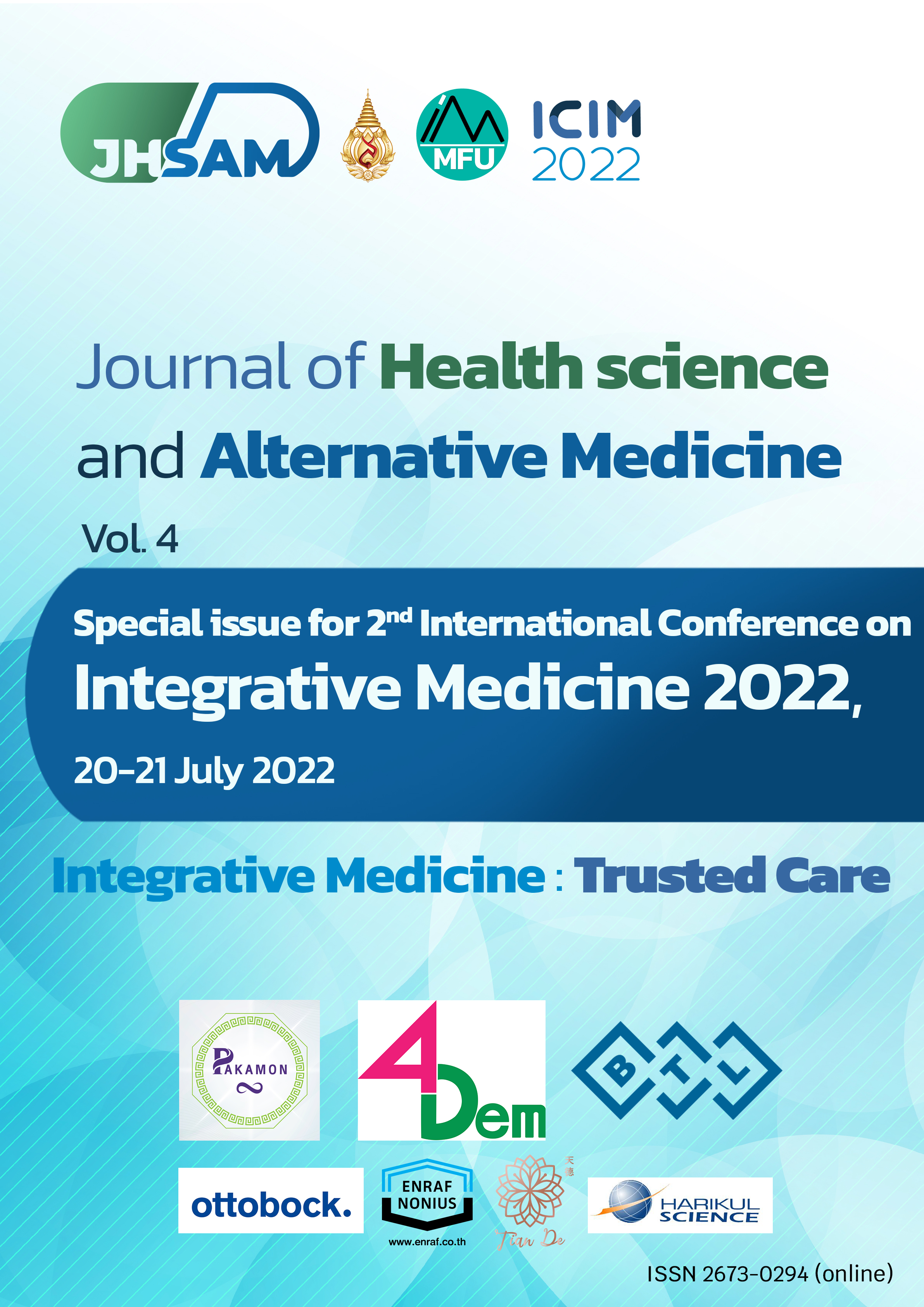A08. The Effect of Muscle Fatigue on Activation Patterns of the Biceps Femoris and Semitendinosus Muscles in Healthy Soccer Players Aged 19 to 35 Years
Main Article Content
Abstract
Introduction: Hamstring injuries are among the most common injuries in soccer players. Especially the danger of hamstring injuries increases in the final third of each half, with the biceps femoris muscle being highly susceptible, but currently there is no supporting evidence in soccer players. It is important to investigate to provide a basis for further clinical investigations in order to reduce the risk of hamstring injuries.
Objective: To investigate a soccer-specific muscle fatigue protocol has an effect on the activation patterns of the biceps and semitendinosus muscles and correlates with the subjectively perceived exertion of the soccer players.
Methods: 19 healthy soccer players aged 19 - 35 years were included and underwent a standardized procedure that included: (1) performance of the nordic hamstring curls (NHC) and a 10m sprint (pre-test), (2) a soccer-specific muscle fatigue loading protocol for 30 minutes with subsequent rating of perceived exertion (RPE), (3) re-assessed like pre-assessment (post- test). Electromyography (EMG) data were recorded the biceps and semitendinosus muscles of both legs. Two parameters were analyzed: the peak amplitude during the NHC and the mean amplitude during the 10m sprint.
Results: The RPE score (9.5, p<0.001) and 10m sprint shows significant differences between pre- and post- test for the biceps (standing leg: -82.45, kicking leg: -81.77; p<0.01) and semitendinosus muscle (standing leg: -60.08, p=0.001); kicking leg: -65.30, p=0.03). Significant correlation exists between RPE score and biceps muscles at post-test (standing leg: r=-0.54, kicking leg: r=-0.51; p<0.05).
Conclusion: Muscle fatigue leads to significant changes in the activation behavior of the hamstring muscles. In particular, the biceps muscle shows a correlation with perceived exertion, the higher the exertion, the lower the muscle activity. This may help explain the higher prevalence of the biceps muscle in hamstring injuries and offers a basis for further clinical investigations.
Article Details

This work is licensed under a Creative Commons Attribution-NonCommercial-NoDerivatives 4.0 International License.
JHSAM publishes all articles in full open access, meaning unlimited use and reuse of articles with appropriate credit to the authors.
All our articles are published under a Creative Commons "CC-BY-NC-ND 4.0". License which permits use, distribution and reproduction in any medium,
provided that the original work is properly cited and is used for noncommercial purposes.
References
-

